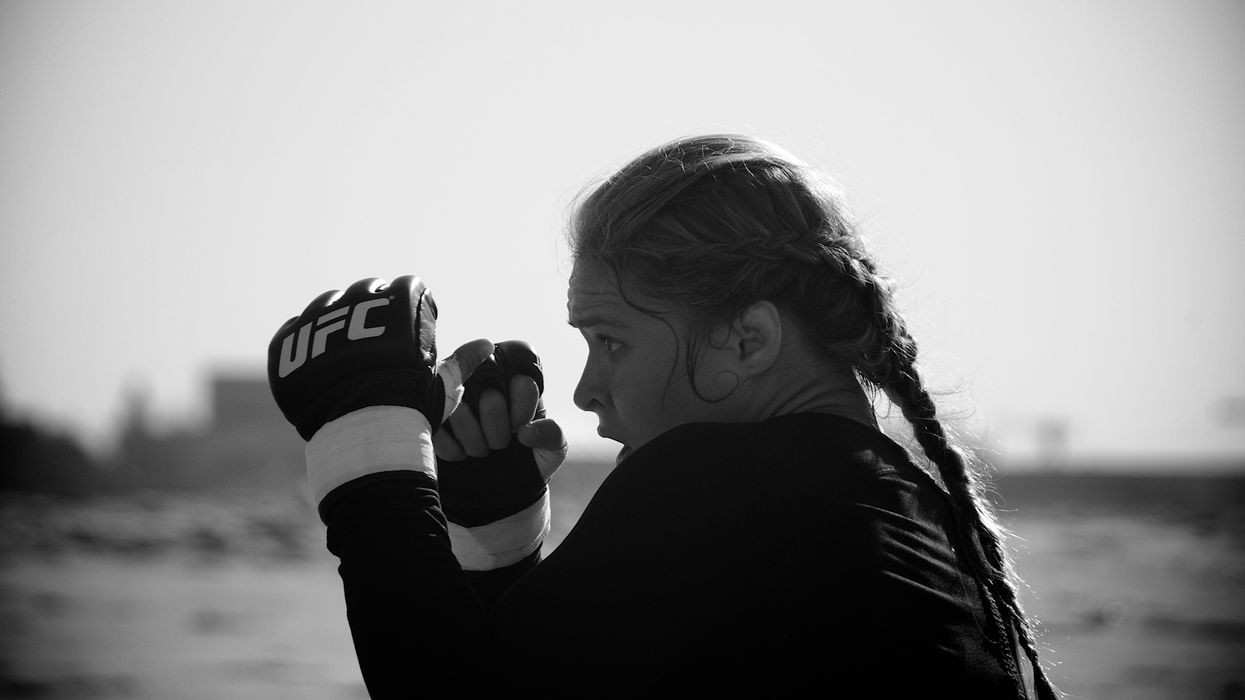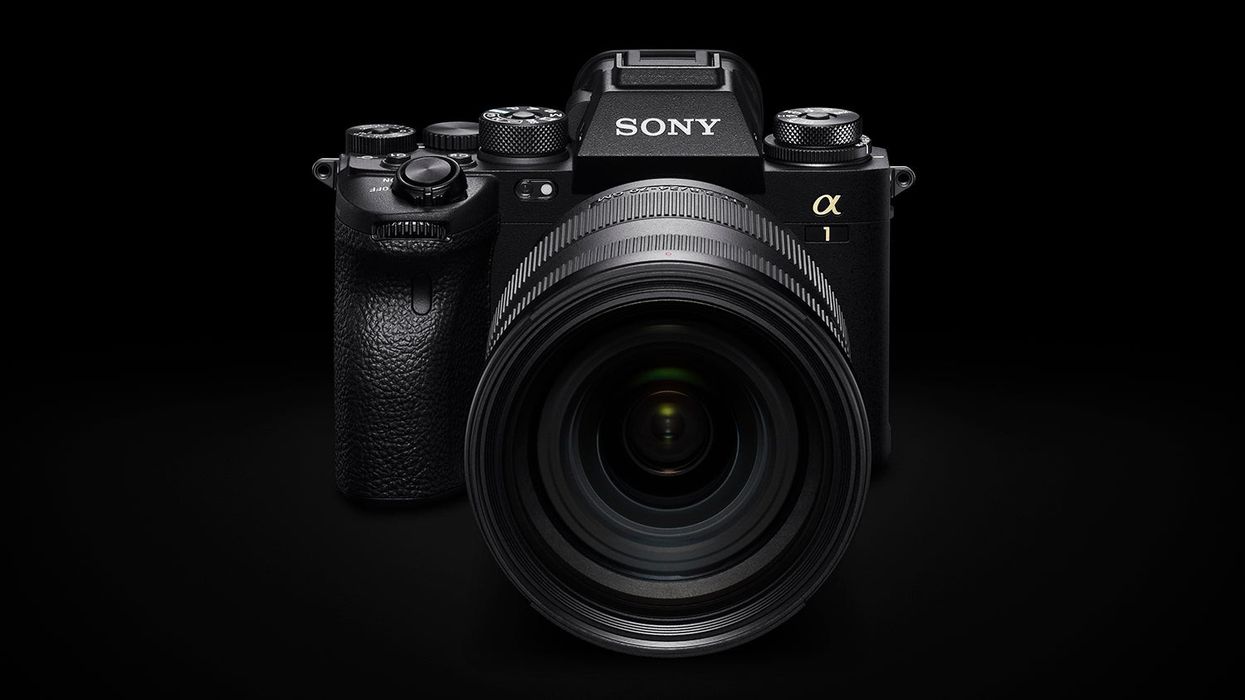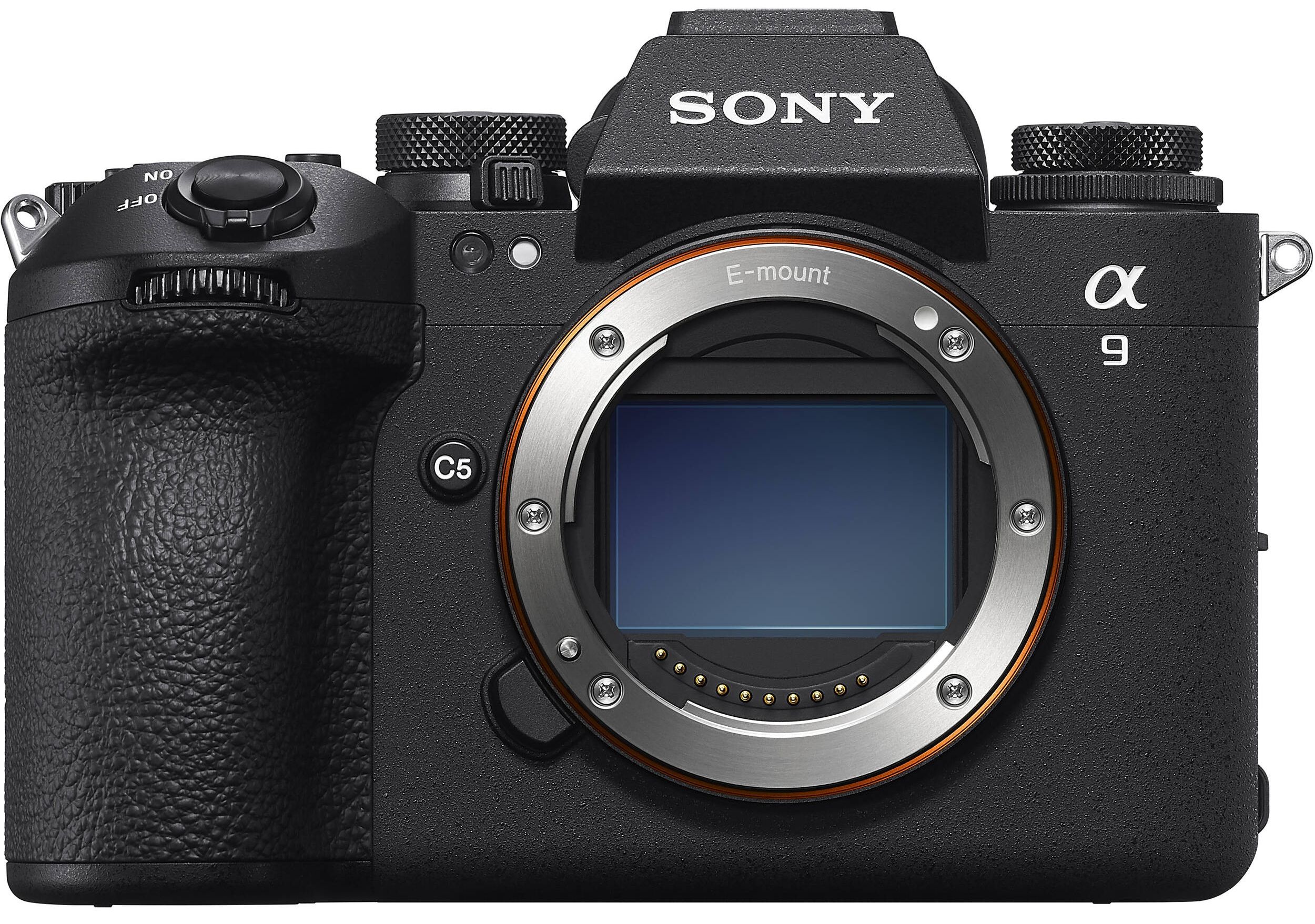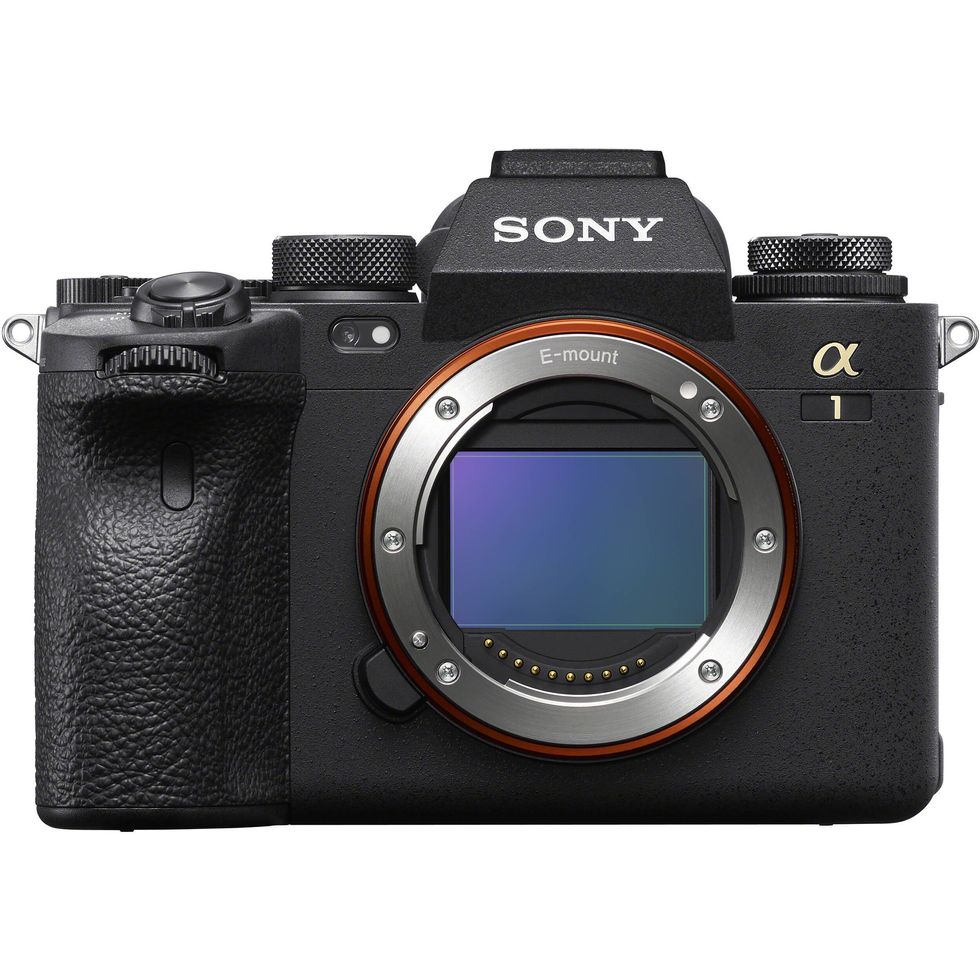How to Direct a Sports Commercial That Feels Real
How do you shoot a commercial starring a famous athlete — and still make it feel "authentic"?

SXSW isn't just Film, Music, and Interactive — it's also Sports. SXsports takes place opening weekend and brings to Austin many athletes, sports media personalities, and filmmakers working in the world of sports (I'm one of them).
At the SXports panel Sports Spots and Their Directors, DP/Director Brian Schulz moderated a panel with Steve Rogers (owner of the production company Revolver; 4-time winner of Cannes Golden Lion award), Michael Lawrence (DP at Epoch Films), and Rena Croshere (director at Biscuit FilmWorks). Each director shared a documentary-style spot that uses a handheld aesthetic to ground the material. The spots are included below, along with the story of how the director approached the material and their thoughts on cinematography, editing, and working with agencies.
Nike "Ripple" — Rory McIlroy and Tiger Woods
Steve Rogers, director
The important thing with this spot is that it was true. Rory was dangerously obsessed with Tiger as a kid. So it was all there. The progression and one of them mirroring the other was all there in the script.
Put a lot of emphasis in the writing. You need a script that you can then deviate from. You need that structure and intent.
But it's all bullshit, really: it’s a perception of authenticity. We went to Belfast where [Rory] grew up, we shot in Belfast, but we still have kids playing him. You try to imbue it with as much of the real world as you can and not let the clutter of filmmaking get in the way. As soon as you bring in any dolly track you start to feel the production. It starts to feel like Hollywood…. People are too aware of those cues and it starts to feel like bullshit.
"As soon as you bring in any dolly track, you start to feel the production. It starts to feel like Hollywood… people are too aware of those cues and it starts to feel like bullshit."
In the final segment with Tiger and Rory, we only had 3 hours with them, and Tiger was sick. We had to be careful because Tiger’s people didn’t want it to seem like a passing from Tiger to Rory. Tiger would measure the number of frames that he was in there versus the number of frames Rory was getting. But it was meant to be a “coming together” instead of a “passing from one to the other."
Athletes are more than happy to do whatever you want them to do. They understand it’s important to their brand. As soon as they smell that you’re asking them to do something confusing or inauthentic, they can shut down. But they’re doing what it is they do — hitting a ball. Don’t get athletes to act.
"Handheld camera and available light are an easy way to convince an audience that something’s true."
My goal is to not make something mawkish. Music plays a big role, and I think that music is probably a bit too mawkish.
I have great assistant directors, so I don’t have to do that much. You have to be careful to get the right crew — the right DP who can work in available light, docu-style conditions. In terms of technology, I tend to leave it to the DP. It’s been predominantly Alexa, but in the last few months we’ve actually shot film, which is great because you don’t end up with 80 hours of footage. Handheld camera and available light are an easy way to convince an audience that something’s true. There’s also a wonderful pragmatism to being able to move quickly.
Nine for IX Shorts: Rowdy Ronda Rousey
Rena Mundo Croshere, co-director (with sister Nadine Mundo)
Before Ronda, no woman had ever fought in UFC. We found that [pitch] amazing and ESPN went for it.
We can't all relate to being the first female to fight in UFC. But we can all relate to loss, or struggle, or being an underdog. With our films we try to chart out this Hero’s Journey. Right now they’re on top, but what is the adversity they faced to get where they are? What is that specific game-changing moment? You never want to go in and approach it like a biopic. Sometimes those moments are huge and sometimes they’re very small. Once you can relate to those universal emotions, you feel that as a viewer.
We [only] had a 15 minute phone call with her [before shooting].
Our style as directors is to make the athlete become comfortable. We become friends with them, we hang out with them. We went to her workout at 4:30AM. She was like, “This is what I do; don’t get in my way.” Our DP had to get it the first time, because she would not do a second take.
We were told by her agent, "Don’t ask her about her dad." At the end of the second day, we said, "We’re going to interview your mom, is there anything we should ask her about?" And she said, "Ask her about my dad." We knew we had gained her trust.
We go into the field with a pretty strong idea of what we want to get, and then there are happy accidents. You can’t plan them, you can’t recreate them. A skill set in doing these docu-style commercials is going in knowing what you want but, along with the crew, being able to be flexible enough to capture [something else]. For example, we stopped shooting and Ronda started unwrapping her hands and we said [to the DP], "What are you doing?! Start shooting!"
[For the edit] we usually do our first pass. We like to get our first take and find the core of it and then we’ll bring on an editor.
After the spot came out, Ronda said she loved it. She said she cried.
Powerade "Just a Kid" — Steven Stamkos
Note: This is the short version; the longer spot is currently unavailable online.
Michael Lawrence, Director and DP
Making sports spots relates to my own failed past as an athlete. I’ve always tried to relate these moments to my own life. A lot of it has to do with researching your subjects ahead of time and listening. By understanding their trials and experiences, you can find how that segues into your own life. And think about that as an arc in 60 seconds.
I was given a script with a treatment to pitch back ideas on. So I helped research it. If you’re able to make your own modifications and help develop it, you can bring it to life more. As long as it’s proposed in the right way and you're on the same page [with the agency] with your core sentiment, there is a lot of flexibility to make changes. In that spot, 70% was not scripted. We got all of our scripted stuff and then there was room to explore on the day. I could say, “How about we do this, we go in the living room and we switch that light off?” We worked very quickly. But you need the trust; if you don’t have that, you have no freedom.
"Making sports spots relates to my own failed past as an athlete. I’ve always tried to relate these moments to my own life."
It has to fit their brand and their message, but you don’t want to sacrifice your perspective or your subject’s. At first taking a "less is more" approach [with the branding] is daunting, but the proof is in the viewing. The story comes first, but the story inherently fits for the brand. Sometimes just seeing [the product] in the end shot gives it more impact. More is not more.
It’s important to consider the camera and how it represents the audience’s perspective and their relationship with the subject. With the Powerade spot, one of the goals was to get closer to the subject and lend an immediate perspective to it that’s authentic. The difference between handheld and imperfect and close to someone — versus the exact same action beat-wise in a manicured dolly shot — gives a completely different impression of your subject. It also leaves room for imperfection, to catch those fleeting moments.
I shot that spot — I shoot a lot of my own work — and keeping the camera small and nimble allowed us to move quickly.
I’m a big fan of underexposing so people can’t mess up your grade. We shot on Alexa Mini. I’m a fan of smaller cameras, underslung, which can mess up your back if it’s a heavy camera. We added grain over it to add to the look.
"It’s important to consider the camera and how it represents the audience’s perspective and their relationship with the subject."
When we’re talking about camera, it’s important to think about tonality on film and how the scene is perceived. In the beginning it’s just a kid pinging slap-shots. We’ve all done that; there is something we’ve all practiced meticulously. Going in close and making it reactive and present gives it a greater sense of emotion.
I used to have a lot more footage because it’s tempting to keep on shooting when you love what you’re doing and there’s interesting stuff happening. But in the context of this hybrid style, as a director I’m thinking about the edit in my head. Instead of doing multiple takes with a reset I’ll give direction mid-take takes without cutting, and while continuing to roll I’ll be saying, “Okay, do it again, do it again.”
It’s about: How can you have the best environment for your subjects? It’s easy to think about budget and gear, but what’s actually best to let [the actor] be themselves? So except for large events and spectacle, I tend to avoid multiple cameras. There’s a certain dance with your subject with handheld single camera, and having another operator in there can affect that.
I think [the editing] is the most precious part of it. You have all of the work and a million phone calls to get there and then this is your chance to put it together. You’re doing a disservice if you’re not there. Agencies are receptive to it because that’s why you’re there. The other key thing is having a good relationship with your editor, finding someone who has the same instincts for timing and motion. If you’re giving feedback on frame-by-frame minutiae, it can make you seem like a button-presser and controller, but if you’re on the same page with the pacing and instincts, then [the editor] becomes a storyteller, too.
For more, see our complete coverage of the 2016 SXSW Film Festival. Listen to our podcasts from SXSW (or subscribe in iTunes):
No Film School's coverage of the 2016 SXSW Film Festival is sponsored by SongFreedom.













